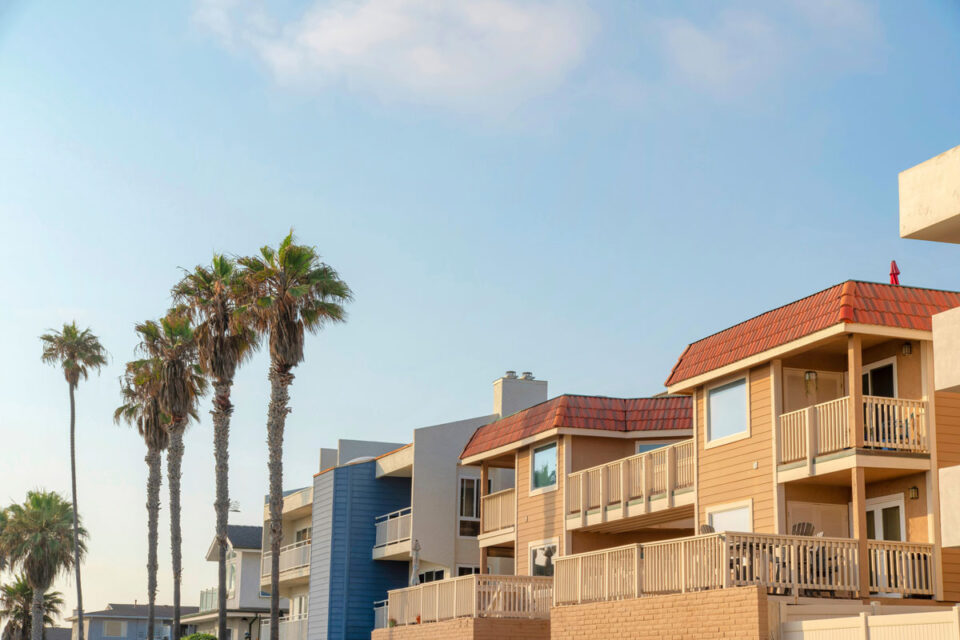OCEANSIDE — The City Council finalized changes on Jan. 24 to the city’s inclusionary housing policy, requiring developers to include at least 15% affordable housing in citywide residential projects.
The council voted 3-1 to approve the new rate and several other code changes. Councilmember Peter Weiss was absent from the meeting.
Deputy Mayor Ryan Keim was the lone vote against the move, standing firm in his opinion that more affordable housing — up to 20% — would be better suited in the city’s Smart and Sustainable Corridors Plan areas along Mission Avenue, Oceanside Boulevard and Vista Way.
“We need to encourage density in the right spots,” Keim said.
The City Council has debated whether to keep a 10% inclusionary housing rate (except for 20% in specific smart and sustainable corridors) or to increase the requirement to 15% citywide.
The idea to change affordable housing minimums stemmed from a workshop last summer where dozens of community members asked for more affordable housing.
At the meeting, there were requests for a 20% inclusionary housing rate throughout the city, but the council decided on 15% for mixed-use projects and 10% for single-family neighborhoods. Later, the rates were adjusted to 10% citywide and 20% in smart and sustainable corridors, but now they have returned to 15% citywide, regardless of the type of housing project.
The council also approved other changes, including bumping the inclusionary threshold from three units to 10 or more. Multifamily residential projects must offer a balanced mix of units based on the number of bedrooms, similar to market-rate units. These units should have equal access to amenities and be evenly spread throughout the project.
The change also allows accessory dwelling units to be reserved as affordable to meet the inclusionary housing rate requirement.
Councilmember Rick Robinson supported the change and asked staff to report how inclusionary housing changes affect city developments. Councilmember Eric Joyce requested that the report also cover how accessory dwelling units are considered affordable housing.
Despite some criticism, most of the audience applauded the council’s decision to increase the inclusionary housing rate.
Sunny Soto, an Oceanside resident and organizer behind the Sunny Street Outreach Movement mutual aid group, said the change is a “no-brainer.” Soto said the city’s current inclusionary housing rate of 10% was approved in 1993 and hasn’t changed since.
“That’s 30 years ago now,” Soto said. “An increase of 5% is the very least we can do.”
Developers can opt out of including 15% affordable housing by paying the city an in-lieu fee of $20 per square foot. The city can then use this money to construct affordable housing projects such as Greenbrier Village or Mission Cove.



